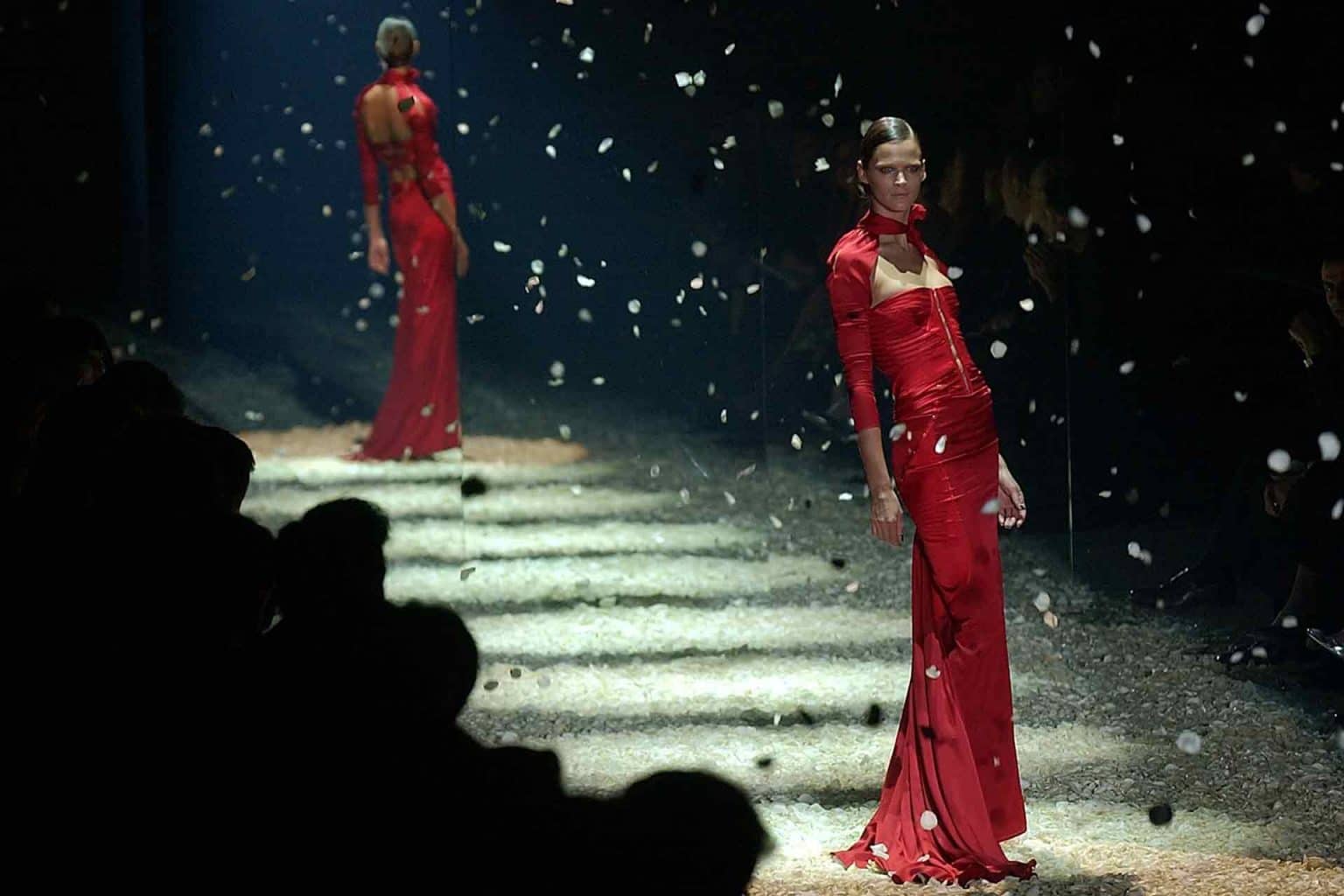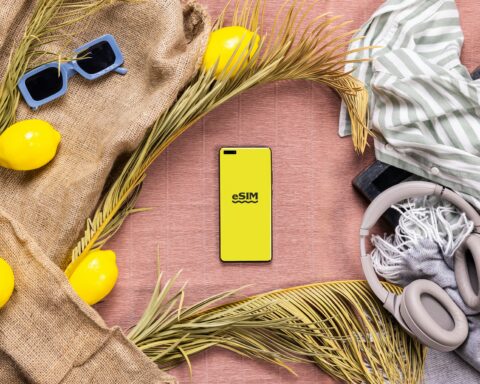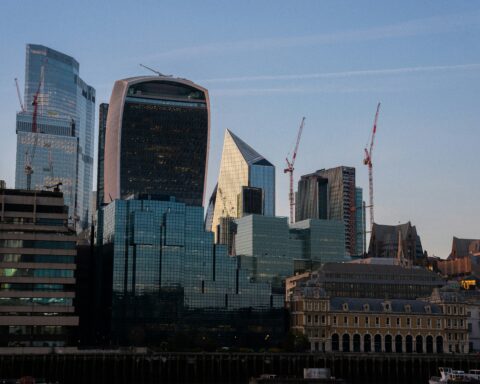Since 1958, Italian Fashion Week has been held twice a year in Milan and is organized by the association Camera Nazionale della Moda Italia (the National Chamber of Italian Fashion). On the occasion of Milan’s Spring/Summer 2022 Fashion Week, which starts today, we look back at the history of the most atypical fashion week in the Big Four.
Milan Fashion Week, born in 1958, is the second Fashion Week in history, ahead of Paris Fashion Week in 1973 and London Fashion Week in 1984, and after New York Fashion Week, founded in 1943 under the name “Press Week“, which however only became officially New York Fashion Week in 1993.
Milan Fashion Week has a particularity, it presents mainly brands and designers from its country, while other cities frequently host foreign designers, such as the French brand Lacoste which shows in New York.
If today Milan is recognized worldwide as the Italian capital of fashion, this was not always the case. In fact, Italian fashion used to be only local until the end of World War II, when the country was able to impose itself on the international scene.
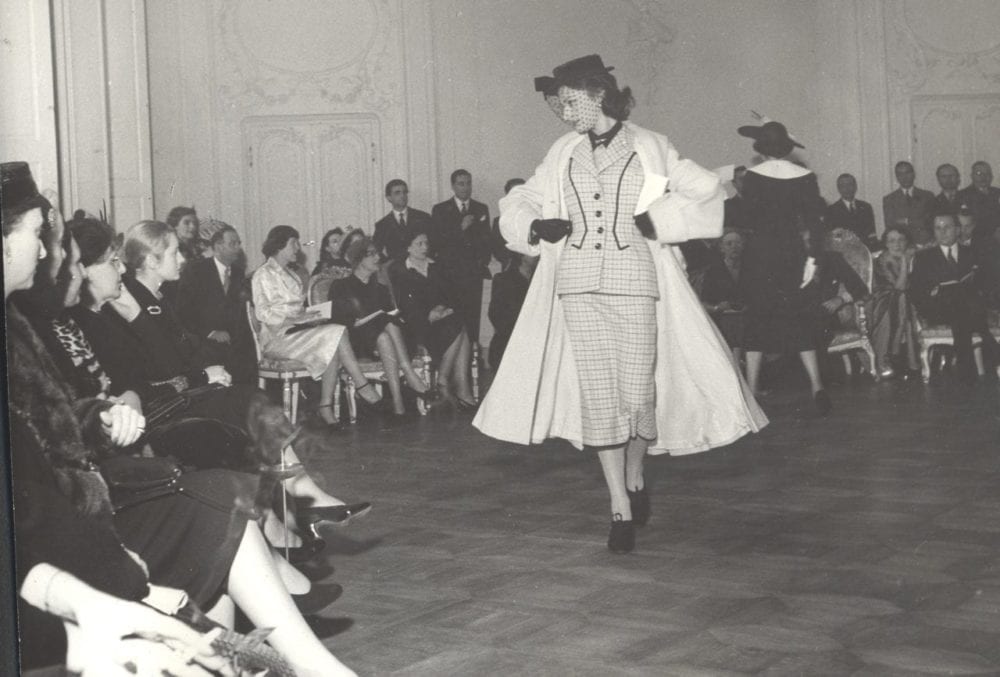
At that time, a question arose throughout Italy: Which city to choose to represent the country’s fashion? The favorite was the city of Florence, led by the Italian entrepreneur Giovanni Battista Giorgini, who organized fashion shows in his home that was very popular in the country, with the participation of great Italian designers such as the Fontana sisters or Emilio Pucci.
Due to the popularity of these shows, Giovanni Battista Giorgini decided to move them to the Sala Bianca in Palazzo Pitti, and these events began to attract not only international journalists but also buyers from major American retailers such as Saks Fifth Avenue and Bergdorf Goodman.
Soon, this enthusiasm for haute couture, reinforced by the place that Italian fashion was taking in the cinema, spread throughout Italy and similar events were organized in Venice and Rome. In the film, La Dolce Vita, directed in 1960 by Federico Fellini, the little black dress worn by the actress Anita Ekberg during the iconic scene of the fountain has become an iconic piece of Italian fashion.
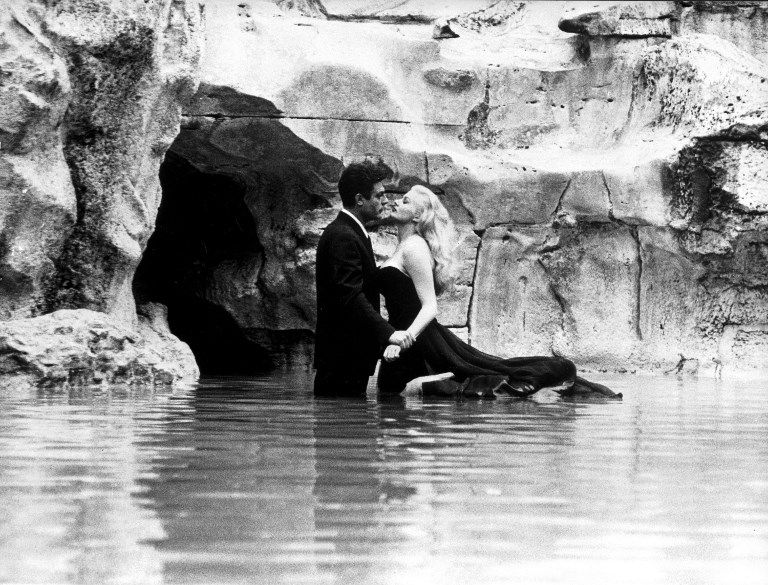
The fame of the sisters Giovanna, Micol and Zoe Fontana was skyrocketing during this period, and their creations were noticed all over the world. From their studio in Rome, the sisters made outfits for Elizabeth Taylor and Audrey Hepburn.
However, in 1958, an event swept away the other competing cities: the creation of the Camera Nazionale della Moda Italia. The Chamber of Italian Fashion aimed to showcase Italian designers and was soon joined by several Italian fashion houses, such as Etro and Missoni.
The city of Milan was the ideal location for the Italian houses, because being an industrial city, Milan had many production facilities nearby. In 1961, Milan became the headquarters of the fashion magazine Vogue Italia.
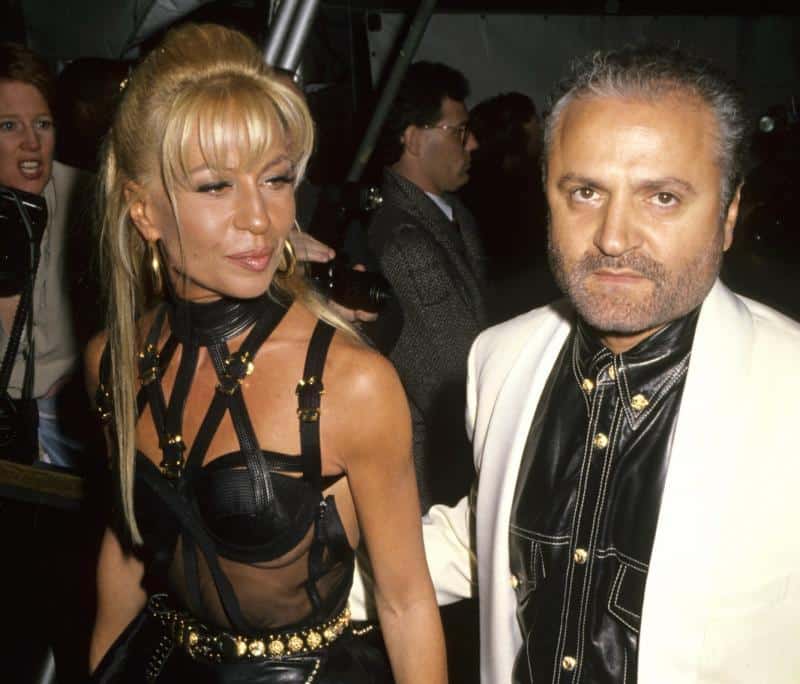
Increasingly attractive, the city was the birthplace of some of the greatest designers of the 70s and 80s, including Gianni Versace and Giorgio Armani. Later, other figures of Italian fashion joined them, including Miuccia Prada, Dolce & Gabbana, and Moschino.
Highlights of Milan Fashion Week
In 1991, on the occasion of the Versace fashion show, Gianni Versace decided to have his supermodels walk side by side, holding each other and moving forward, confidently, to the notes of the music Freedom ! by George Michael. The wind of freedom raised by the models and the glamour of Versace form a unique marriage, which many still remember as one of the best shows of the Italian house.
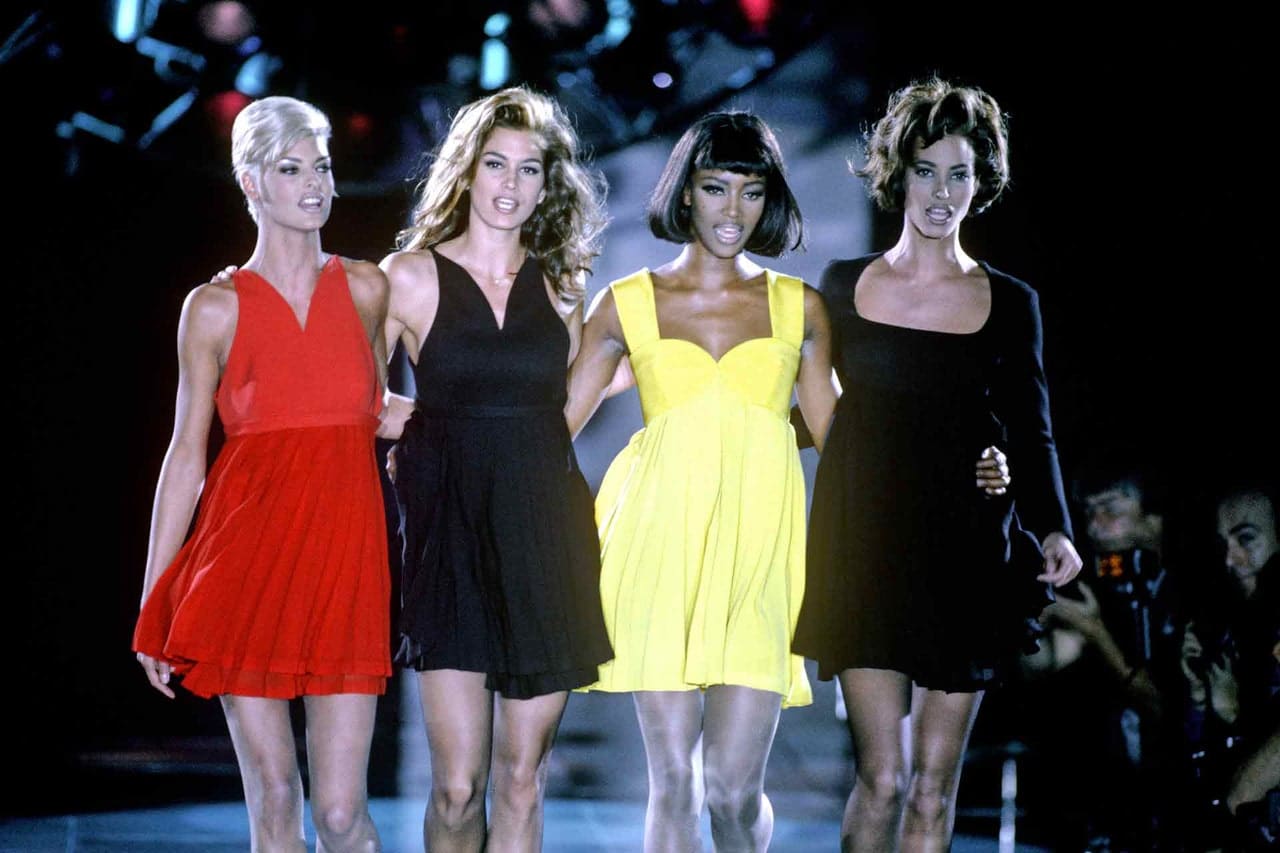
Gucci‘s 1995 fall-winter collection, under the artistic direction of Tom Ford, marked a turning point in the history of the Italian house. With its bright colors and sumptuous fabrics, the collection led to a 90% jump in Gucci sales between 1995 and 1996.
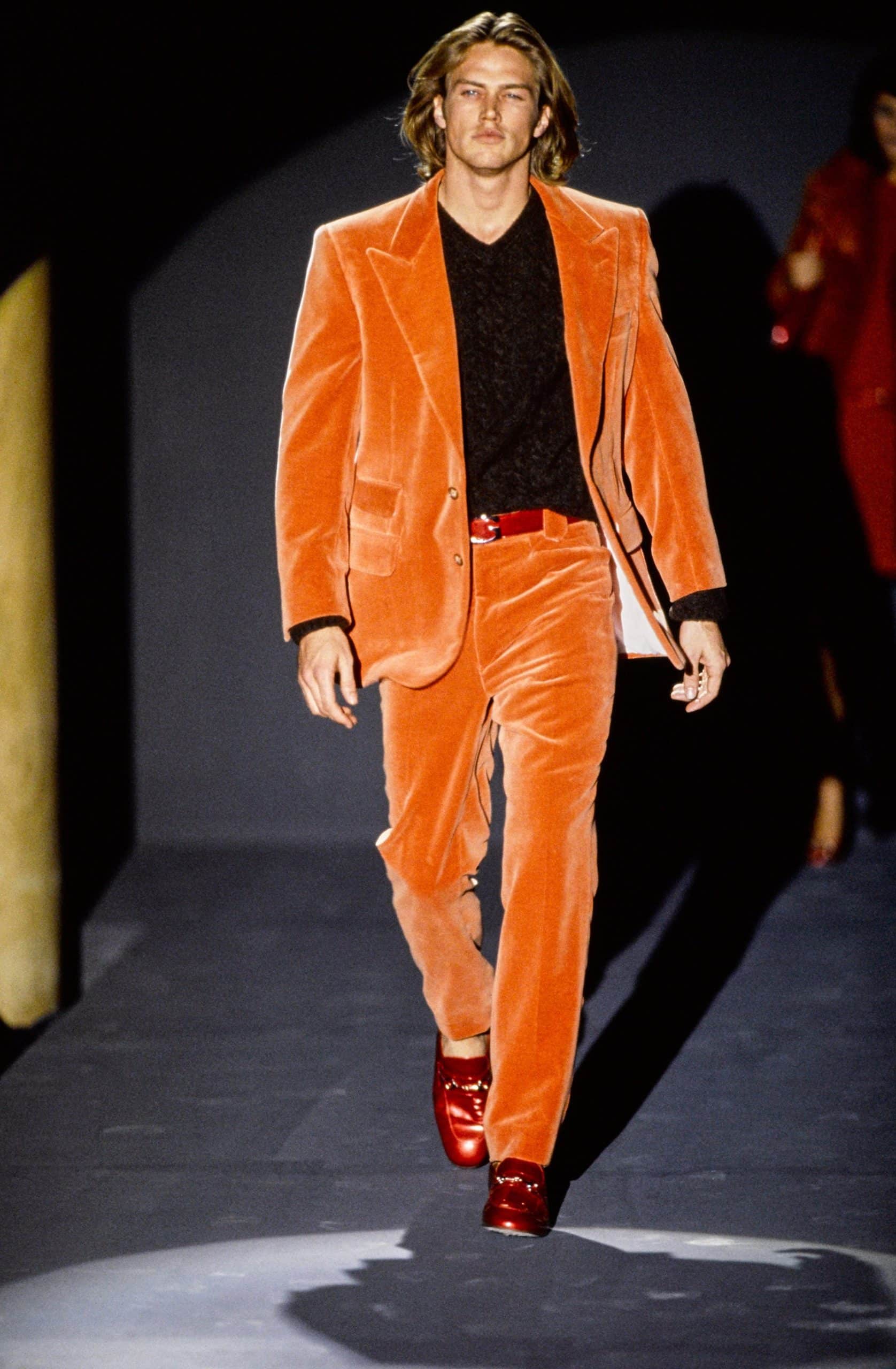
The tribute show to Gianni Versace “Viva Versace“, organized by his sister Donatella only three months after the tragic assassination of the designer, is undoubtedly the most significant show in the history of Milan Fashion Week. The emotion has never been so strong on the catwalk, with Naomi Campbell in tears and, in the audience, Karl Lagerfeld and Giorgio Armani, the face serious.
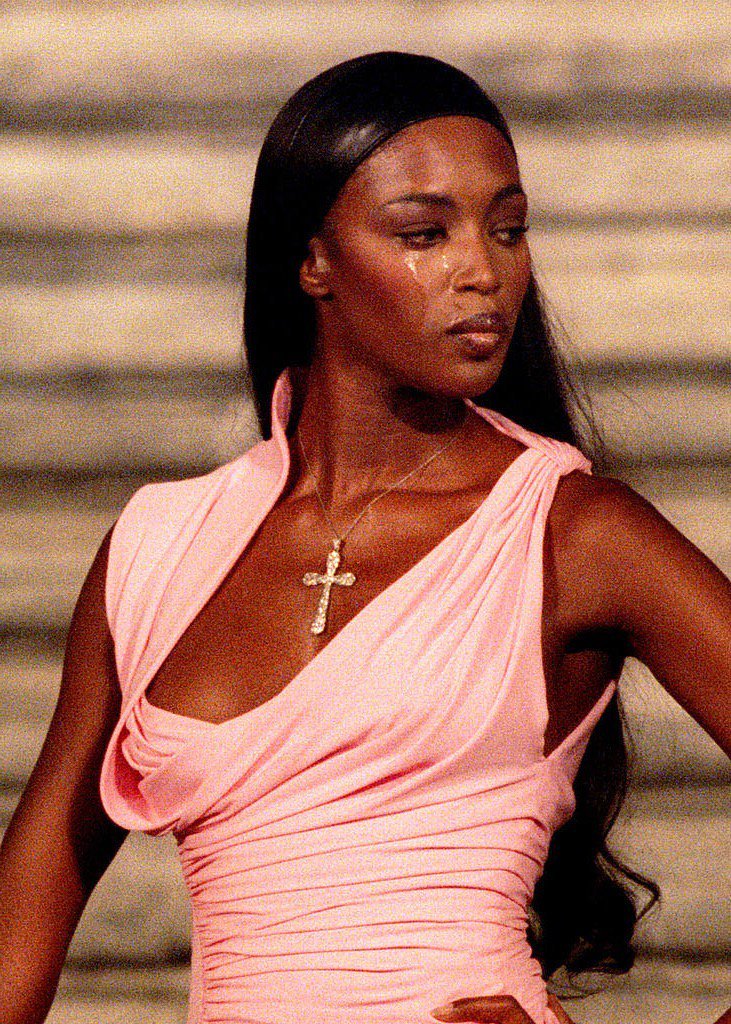
Read also > [LUXUS+ MAGAZINE] A BRIEF HISTORY OF LUXURY: THE ASSASSINATION OF MAURIZIO GUCCI
Featured photos : © Press




